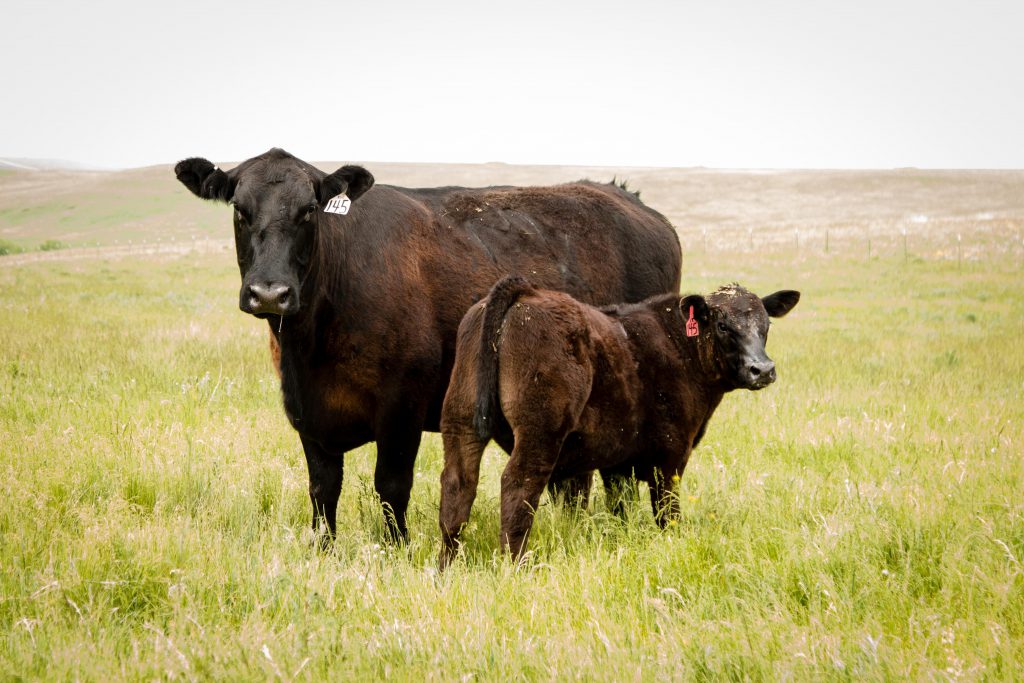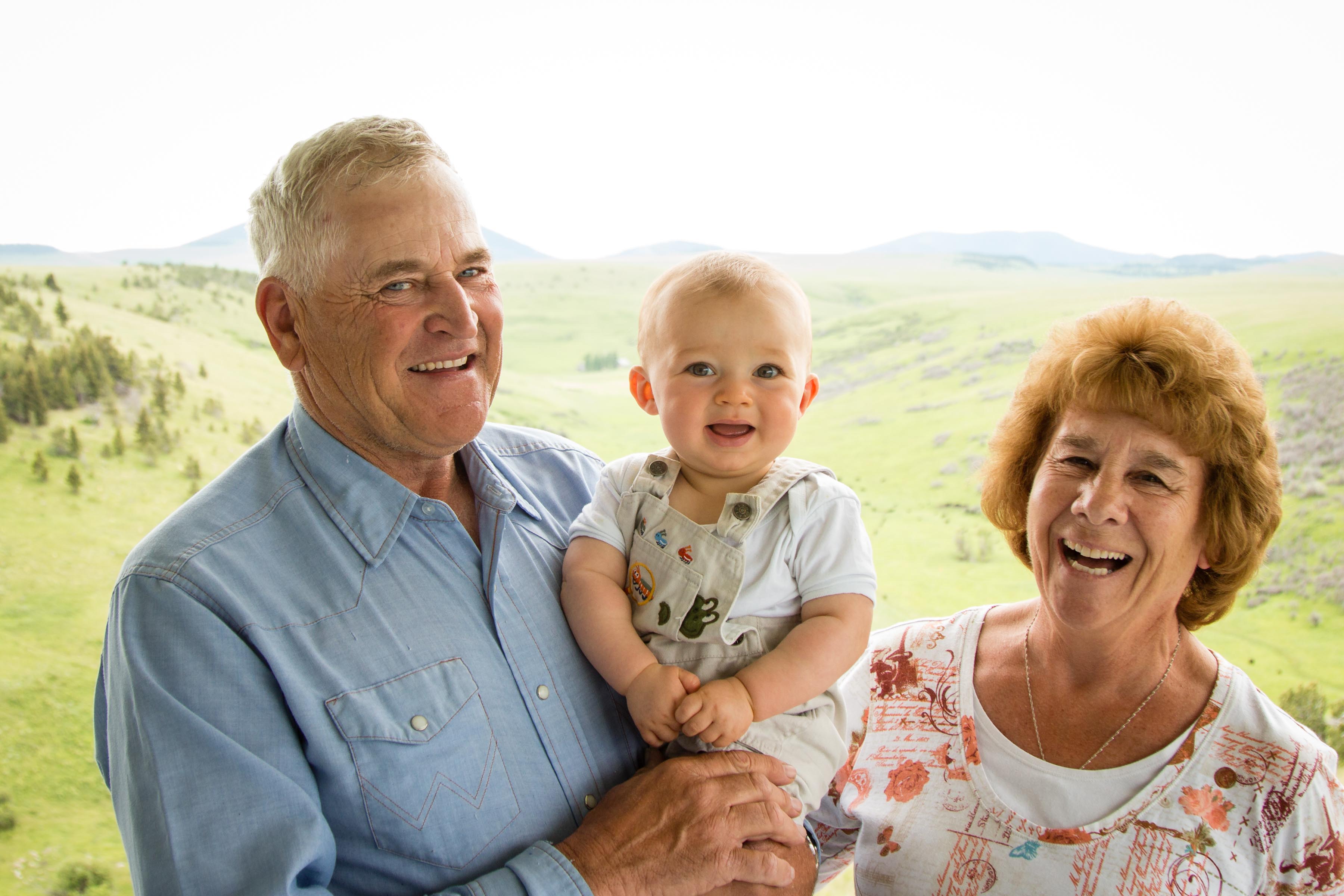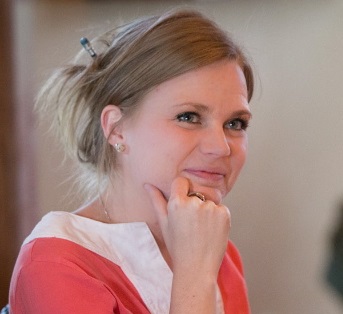
Following the calves: The next generation
The little apartment Bruce Keaster has tucked inside the calving barn at their ranch south of Belt, Montana, is the perfect classroom.
“I spend most of my time going through the AI books, trying to get things matched up with my plan,” Bruce says. “Between calving checks, I’m going through the semen catalogs and looking forward to planning for next year.”

His plan is ever-evolving, like the cows. In the registered herd, it’s been consistently focused on making bull calves that will add thickness and muscle to their own commercial calves, and heifers who will turn into moderate mothers to raise calves that will surprise with size when they squeeze up next to them in the loading chute on shipping day.
And, with every long Montana winter in the calving shed, he finds a few more traits to add to the list: “It used to be, those high-carcass cattle seemed to be a little harder doing. That’s just not the case anymore,” he says. “It seems like there are more good choices on carcass than there ever have been.”
He reflects on last winter’s catalog choices that led to this pasture of calves on fresh, tall grass. The goal is for each generation to out-perform the last, and they’re doing it. A few February 2016-born bull calves topped the scales at 900+ last October, averaging 725 to 850 out of two-year-old mothers.

We look at a handful of this year’s commercial calves that were AI sired by a bull in the top 2% of the Angus breed for yearling weight, top 2% for maternal calving ease, top 3% for carcass weight and top 10% for marbling.
“Those will make for some awful nice steer calves going into the yard this fall. I’ll be curious about how they do,” he says. Numbers don’t always play out exactly as planned, but each batch of calves opens a new opportunity for confirmation of those winter decisions.
Last year’s calves went to market in mid-March, and the feedlot average daily gain (ADG) of 3.64 satisfied Bruce’s performance objectives beyond his weaning weights. Their health remained solid in the yard, and this years’ calf crop looks to be on the same track.

“I sure wouldn’t say we found the silver bullet on what vaccinations to give at birth, but it does make a difference to go the extra mile there,” he says.
Of the 870 calves born on the ranch this year, they treated just a couple for scours and five or six for pneumonia. “They stay healthy. We don’t just benefit from that; the next step benefits from them not being sick, too,” he says.
He’s looking into the future for his calves, but that’s not all.
In the house, he and Janet study the next generation, too.

Grandson Kreighton was less than a week old on my last visit. The proud grandparents sneak me into the back bedroom to admire the perfect peacefulness of naptime for the now eight-month-old before we check the calves. Later, he holds tight to grandpa’s shoulder and beams as we take an updated photo overlooking the pastures.
No doubt, little compares to the passing promise of spring and the wonderment at the potential of the next generation.
Until next time,
Laura

—
PS – To catch up on this story from the beginning, check out these ‘Following the Calves’ posts: Keaster family checks in, Friends and neighbors 1,000 miles away, The Golden Rule in the Golden Triangle, and Maternal instincts, predictable cattle.
Travel to ranches in Oklahoma and South Dakota, too!
You may also like
Marbling, Feet and Fertility: Are they related?
The Angus breed has enough genetic diversity to allow breeders, and their commercial bull customers, to make progress across multiple traits simultaneously. One bloodline may be high in marbling but does not check the boxes you need for other traits. That does not mean marbling is the cause—it simply means your search for the ideal genetic pairing is not done.
Working for Premiums
The commercial Angus rancher from Collyer, Kansas, came back for daily homework in 1999 after a year at college. For 25 years now, he’s studied all the ways to grow his family’s W6 Cattle cow-calf herd with Angus at the base. Guided by data, Walt worked to improve the herd from zero Primes to averaging 60 percent. Learning what drives premiums prompted improvement.
Nebraska Ranch Receives Certified Angus Beef Commercial Award
Troy Anderson, managing a Nebraska ranch, focuses on breeding thriving maternal cows that will grade premium Choice and Prime, while respecting livestock, people and land. Anderson Cattle receives the 2023 CAB Commitment to Excellence Award. Their journey includes improving genetics, feeding home-raised and purchased calves and using data for better breeding decisions, all with a bottom-line approach.



